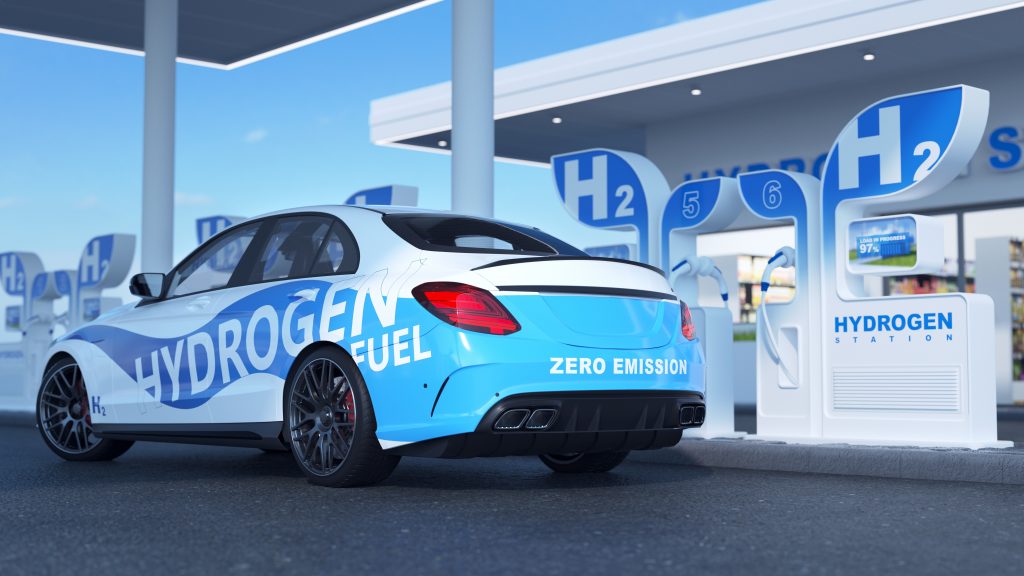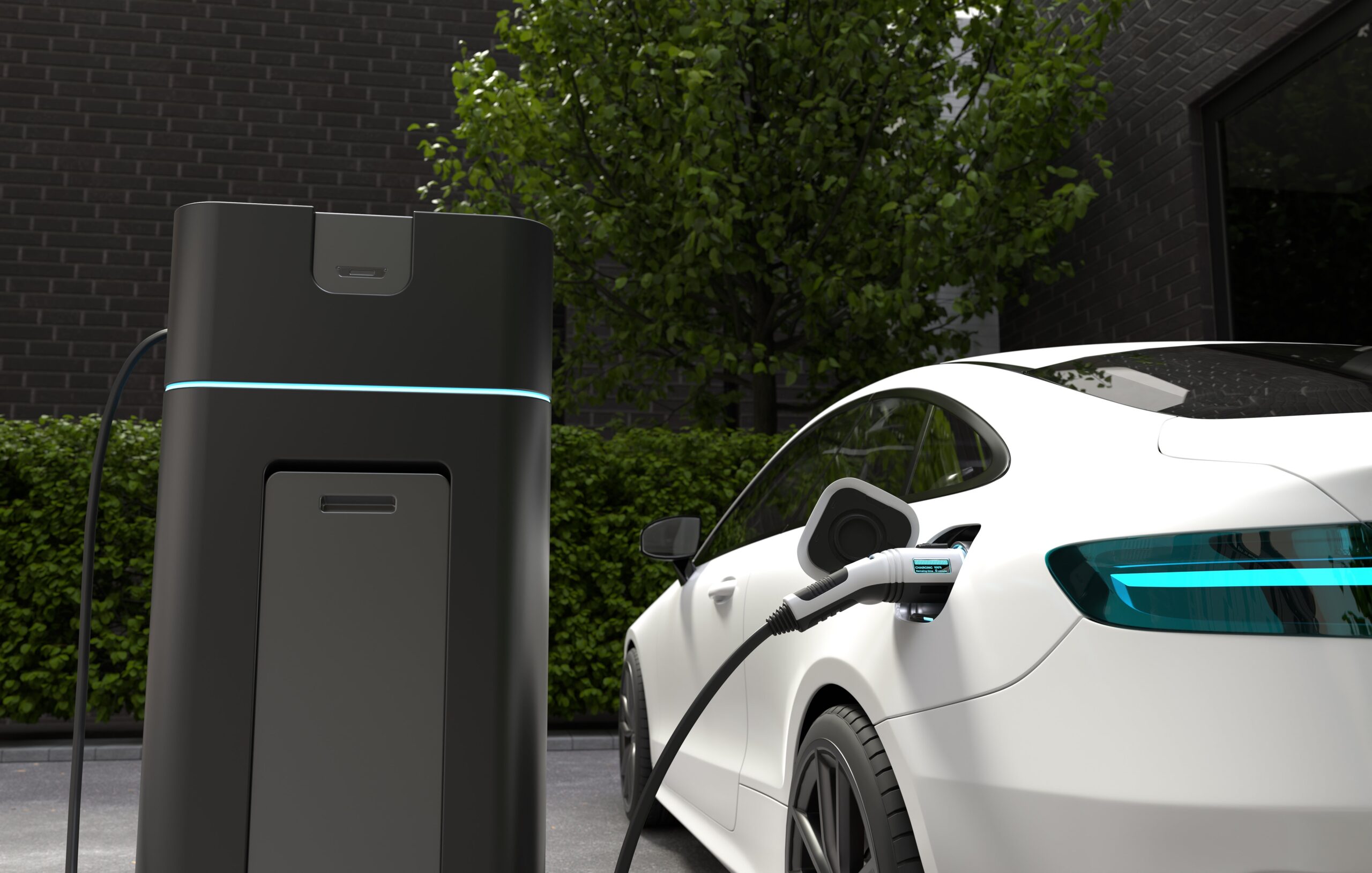What Is Considered an Electric Vehicle?
When most people think of an electric vehicle, they picture a car powered solely by a battery and electric motor. But what is considered an electric vehicle in today’s world actually includes a wider range of technologies. From mild hybrids to fuel cell vehicles, each plays a role in reducing emissions and moving us toward a fully electric future.
Let’s break down the different types of electric vehicles and how they work.
Mild Hybrid Vehicles
A mild hybrid is essentially a conventional car with an electric boost. These vehicles use a small motor/generator between the engine and transmission to recover energy during braking. The electricity is stored in a separate battery and powers ancillaries like air conditioning and power steering.
The motor/generator also acts as a starter motor, improving efficiency and reducing emissions. For example, the Volvo S60 mild hybrid achieves a solid 7.2L/100km fuel economy, with performance to match—reaching 100km/h in just 6.5 seconds.
Hybrid Electric Vehicles (HEVs)
Hybrids go a step further by using motor/generators to drive the wheels. One of the best-known systems is Toyota’s Hybrid Synergy Drive, featured in the Prius and Camry. Instead of a standard transmission, these cars use motor/generators for propulsion, torque multiplication, and energy recovery.
The engine is decoupled from the wheels entirely, allowing the vehicle to run partially or fully on electricity. The 2022 Camry Hybrid delivers an impressive combined fuel consumption of just 4.7L/100km.

Plug-in Hybrid Electric Vehicles (PHEVs)
A plug-in hybrid is a hybrid with a larger battery that can be charged via mains power. This gives it a longer electric-only range while retaining a petrol engine for extended trips or high power demands.
The Mitsubishi Outlander PHEV offers around 80km of battery-only range—perfect for city driving—and uses just 1.5L/100km on average. Performance-focused options also exist, like the Ferrari 296GTS, which blends a turbocharged V6 with electric power for jaw-dropping speed and a respectable 6.5L/100km.
Battery Electric Vehicles (BEVs)
BEVs are what most people envision when they think “electric car.” These vehicles have no petrol engine, just a large battery and electric motor(s). They produce zero emissions and are powered entirely by electricity from a charging station.
Top BEVs include the Tesla Model 3, with a range of up to 550km, and the more affordable Nissan Leaf, offering 270km. Range and charging access are key considerations when buying a BEV.
Fuel Cell Electric Vehicles (FCEVs)
FCEVs are also fully electric but generate electricity onboard using hydrogen. A fuel cell combines hydrogen and oxygen to create electricity, with only water and heat as by-products. They offer the benefit of fast refuelling—comparable to petrol cars.
The Toyota Mirai leads the pack here, offering a 650km range using 5.6kg of hydrogen. The biggest hurdle? As of 2022, only two hydrogen refuelling stations existed in Australia, though more are coming.
Final Thoughts
So, what is considered an electric vehicle? It’s more than just battery-powered cars. From mild hybrids to fuel cell vehicles, the electric vehicle category includes multiple technologies designed to reduce emissions, improve efficiency, and shape the future of transport.
As infrastructure improves and technology advances, more Australians will have access to an EV that fits their lifestyle—whatever form it takes.








